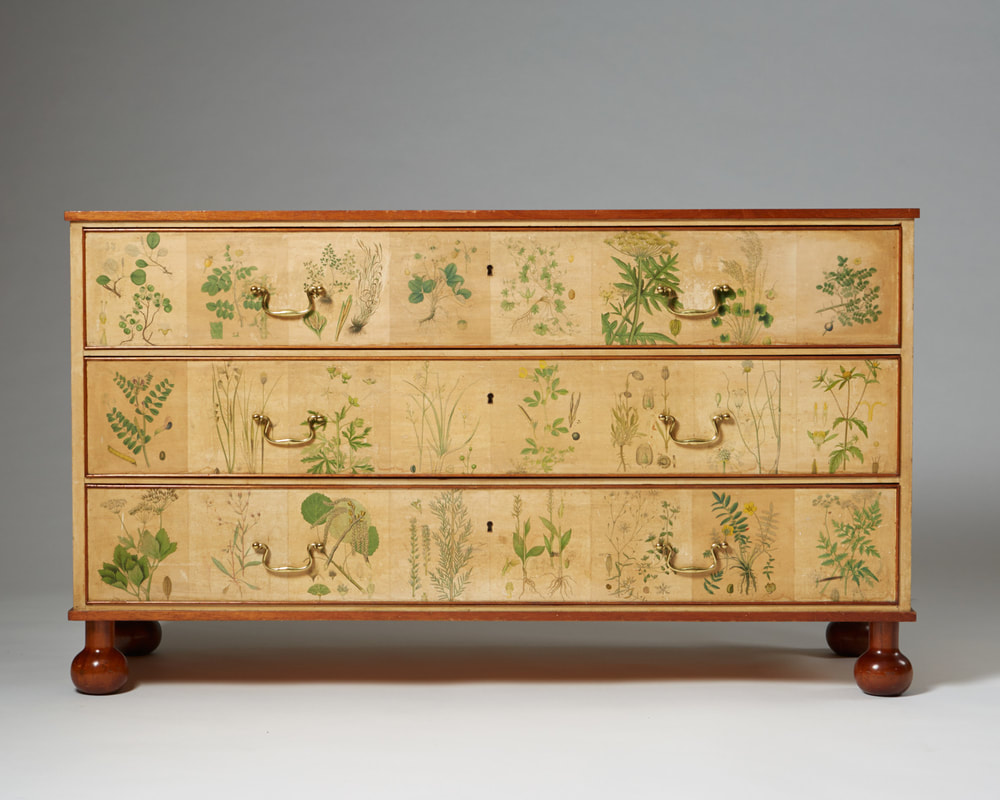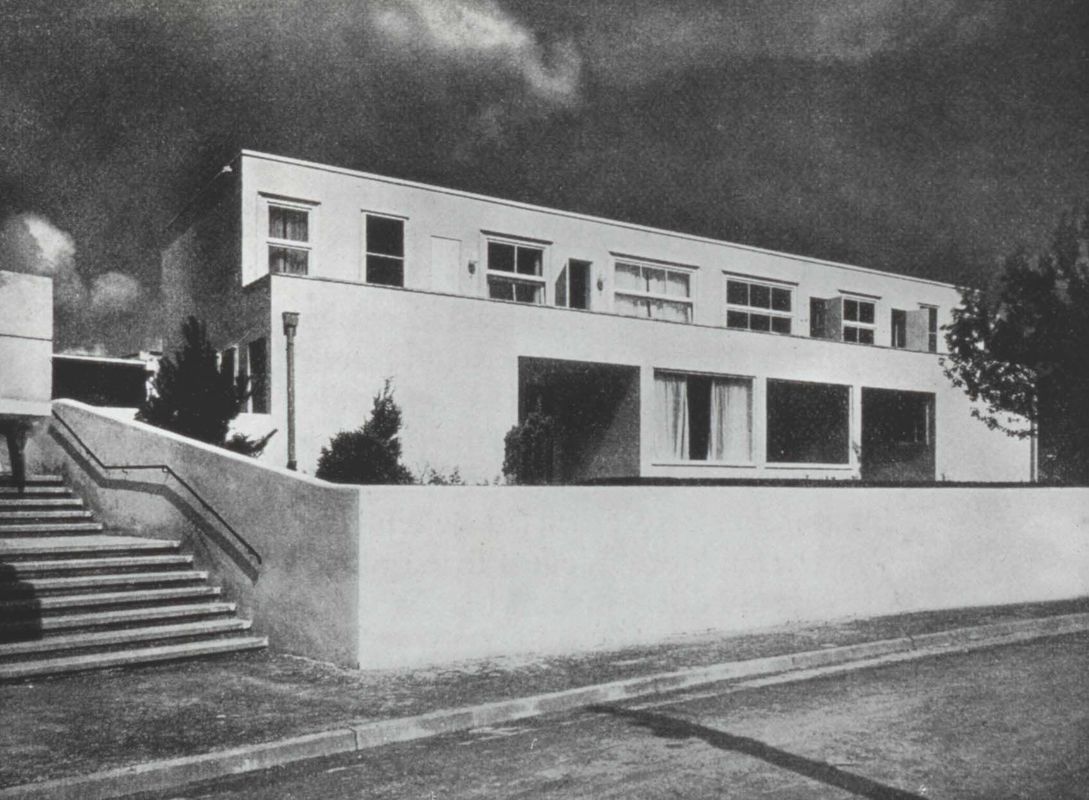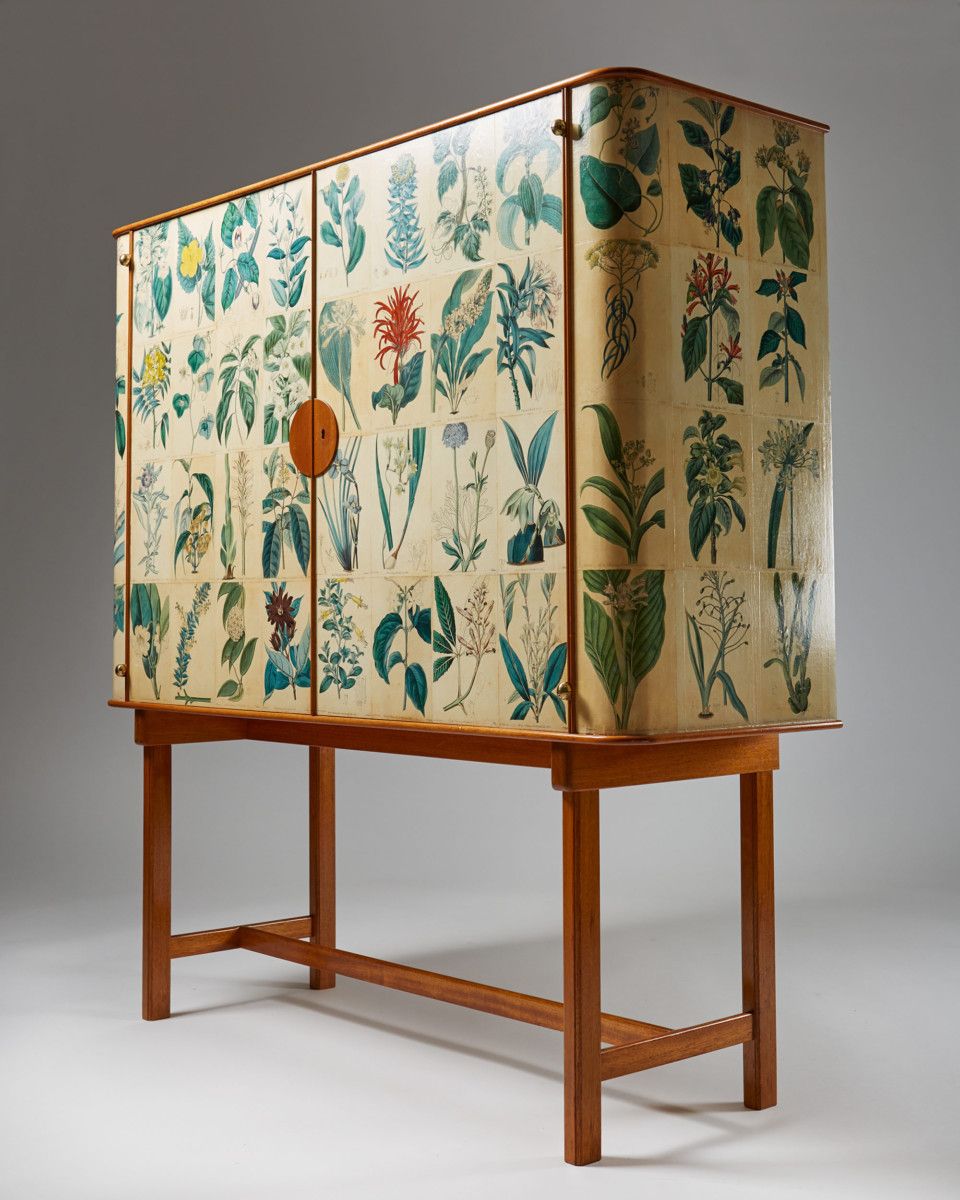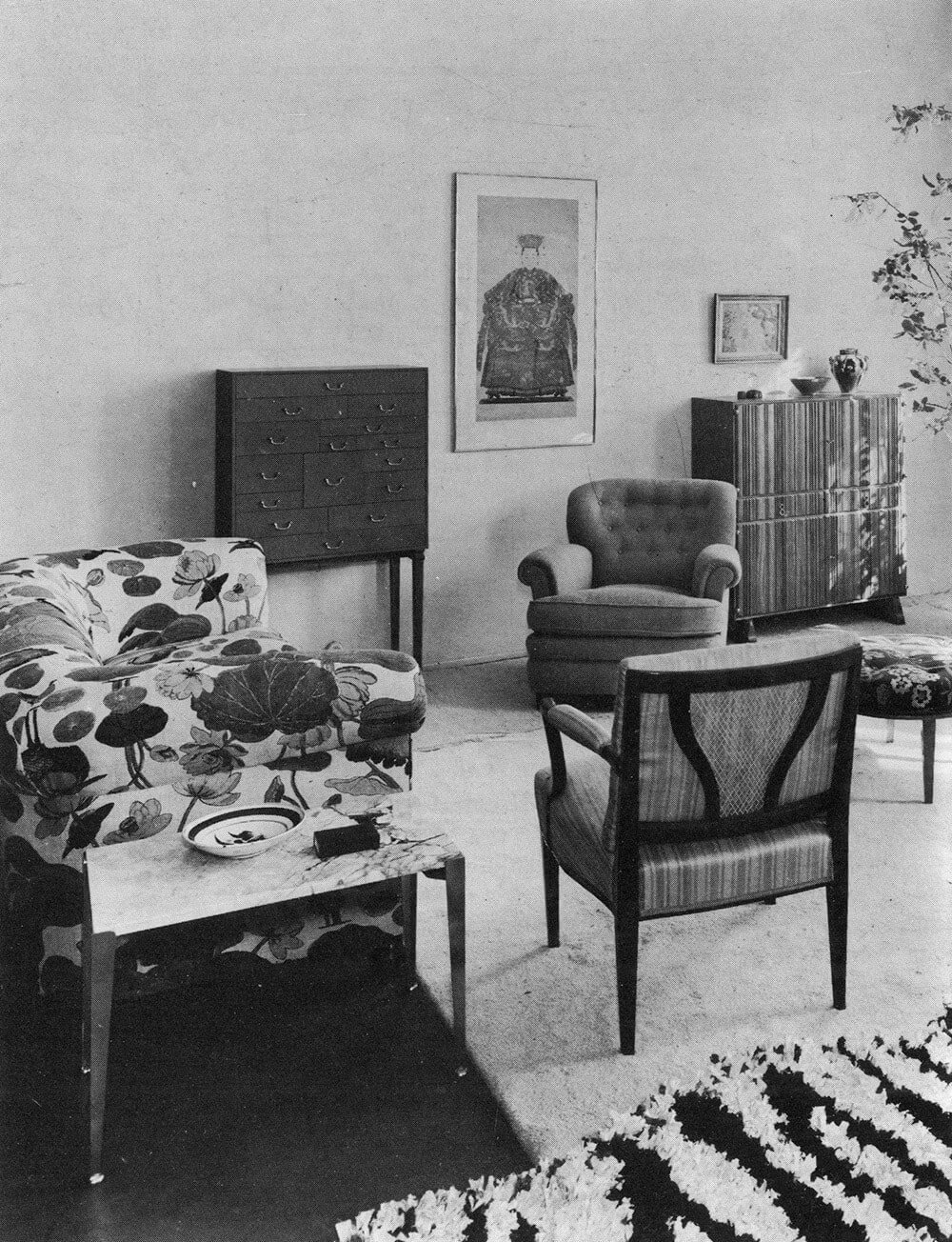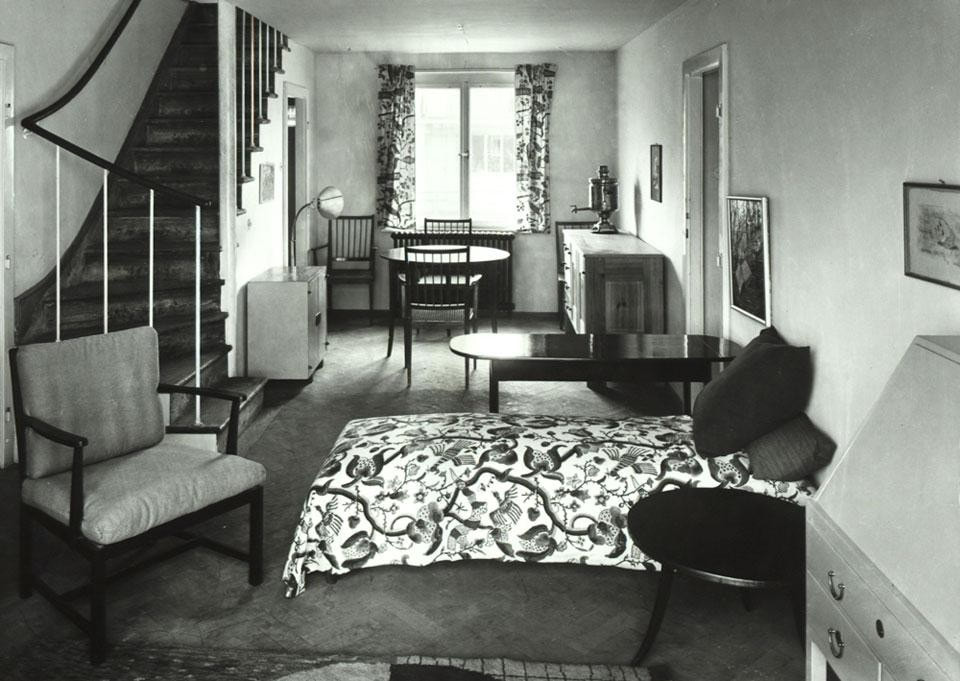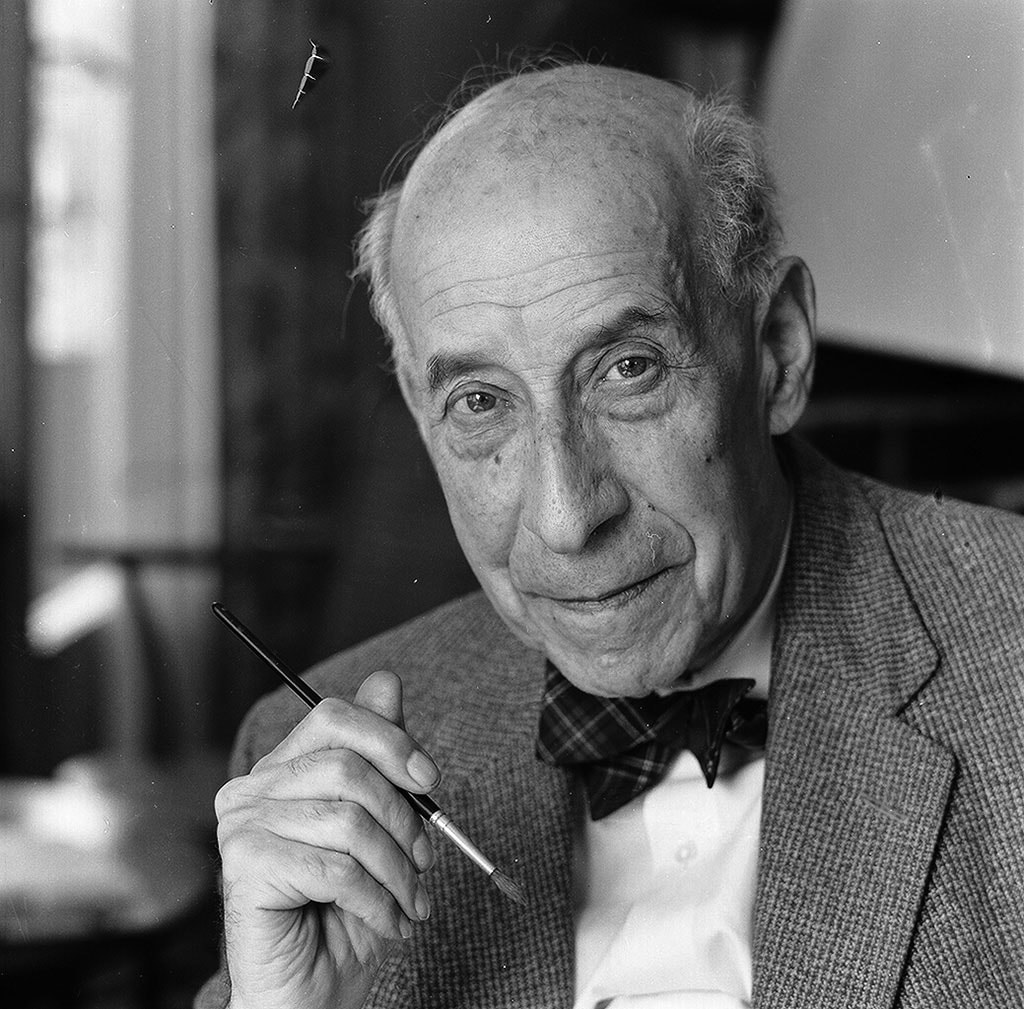He was born 133 years ago, Austrian architect Josef Frank. While never considered a star avant-gardist responsible for changing the face of architecture and design, even though he was invited by Mies van der Rohe to create a modernist villa in the famed Wohnhaus-Weissenhofsiedlung exhibition in Stuttgart in 1927. He did not have the cutting edge of Otto Wagner, the allure of Josef Hoffman, or the acclaim of Josef Maria Olbrich, all of his contemporaries, yet, Frank has his place in the pantheon of the history of the modern home for other reasons. He envisioned and practiced a type of modernism which was livable, popular, and which had come to define the fact of the Viennese modern home during the early years of the 20th century. It was not the utopian modernism of the Bauhaus, but one which embodied a relaxed, everyday lifestyle, with a touch of historicism and ornamentation, a language which avoided the rigid geometry and abstraction for the favor of familiarity. Together with his former classmates from the Technische Hochschule, Oskar Strnad and Oscar Wlasch, he founded the super successful firm Haus und Garten, practicing interiors, particularly for the Jewish Middle Class. Frank sought to create homes which were warm, informal, free from the existing conventions of modernism, yet oriented towards modern living. With the rise of the Nazis in 1933, Jewish Frank emigrated to Sweden, where he formulated a second career, no less successful than the first one, and mostly remembered for his work for Svenskt Tenn company in Stockholm. Let’s remember today Josef Frank who was born on July 15th, 1885. Above: Chest of Drawers by Josef Frank for Svenskt Tenn, courtesy Modernity.

